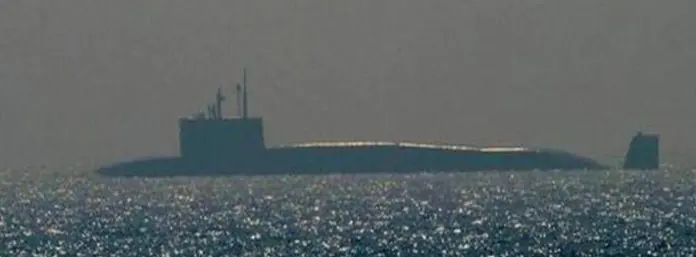On 19th January 2020, India’s nuclear triad took one major step closer to completion when the maiden test of the K-4 submarine launched ballistic missile (SLBM) was conducted from an underwater pontoon in the Bay of Bengal.
In 2009, the INS Arihant – the lead vessel of a class of at least three ballistic missile submarines (SSBN) was launched. The vessel, still undergoing evaluation and sea trials, although reports of emerged its commissioning in August 2016, is an ambitious attempt to give India an operational and survivable nuclear triad. Many Indian nuclear theorist and strategists have held that a force of SSBNs is essential for India to have a fully survivable nuclear deterrent and the development of the INS Arihant has largely been welcomed as a major step forward. Its first deterrent patrol of 20 days was conducted in November 2018.
India is developing two SLBMs – the 750km range K-15 and the 3500km range K-4 to be deployed aboard the Arihant class of ballistic missile submarines. The K-15 underwent at least twelve development trials from a submerged pontoon aimed at simulating a submarine. On 25th November 2015, an unarmed K-15 was purportedly fired from the INS Arihant. With the K-4 now entering its testing phase, the weapon may be some time away from deployment.
The Arihant class vessels – INS Arihant and the under-construction INS Arighat, being small SSBNs, may carry only four K-4 missiles – as opposed to 12 K-15 missiles. However, follow-on classes of SSBNs are already in the works with reports suggesting that at least 8-12 K-4s are envisaged for the next classes followed by a new 6000 km range SLBM.









